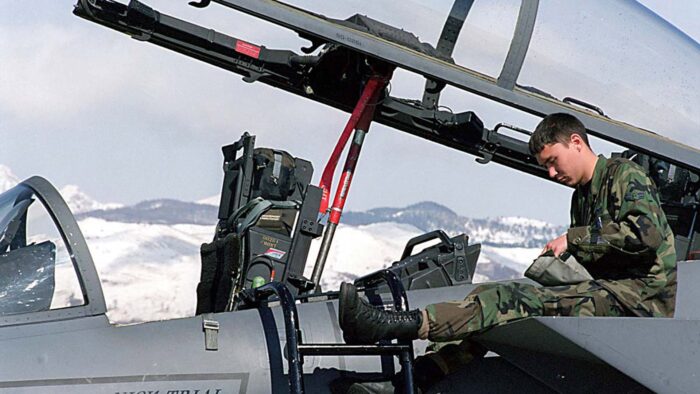Nobody wants to think about these kinds of things. But the people you lead will be glad you did.
BY BILL MURPHY JR., WWW.BILLMURPHYJR.COM@BILLMURPHYJR
For Inc.
Photo: Fighter pilot Michael Allen pulls the safety pins out of an ejection seat as he pre-flights an F-15 at Aviano Air Base in Italy. Photo: Getty Images
Here are three quick questions. Ready?
- What are the two or three worst things that could happen at your business?
- What would you do immediately if any of them happened?
- Finally, imagine that you had to shut down everything quickly. How would you do it in a manner that lets you relaunch smoothly when the danger has passed?
These are incredibly tough questions to answer in the abstract, and they’re even harder when you’re under pressure.
Yet we’ve had a lot of examples recently in which leaders had to decide things quickly under tragic circumstances: for example, the NFL game where Damar Hamlin was left fighting for his life on the field, and the Utah ski resort in which a member of the ski patrol fell off a lift and was killed.
These are dire situations, and they made me think about the U.S. military, where training for the worst-case scenario is part of the job.
I call this the Ripcord Rule, because the most compelling examples I can imagine are ones in which you’re literally falling through the sky and something goes wrong with no time to think: either an airborne operation in which there is a parachute malfunction, or else the detailed, memorized checklist of things to do when a fighter pilot has to eject out of a doomed airplane.


